by Robert Haymes
In August 1942, the U.S. Navy acquired the 1913 USS Seeandbee (using the initials of its parent company, the Cleveland and Buffalo Transit Company), the world’s largest side-wheel passenger steamer, and began converting it into a training carrier. Her name was changed to USS Wolverine (IX-64), and she was designated an “unclassified miscellaneous auxiliary.” Conversion resulted in the ship being fitted with a 550-foot-long, 98-foot-wide flight deck capable of supporting takeoffand landing operations.
Another side-wheel excursion steamer, also built in 1913, and named the Greater Buffalo, was acquired by the Navy on May 8, 1943, rechristened USS Sable (IX-81), and converted to a training carrier to serve alongside the Wolverine. The Sable was slightly smaller than Wolverine, with a deck 518 feet long and only 58 feet wide. Both ships were the backbone of the Navy’s Carrier Qualification Training Unit (CQTU) at Glenview Naval Air Station near Chicago.
[text_ad]
A Clear Purpose in Mind
Sable and Wolverine were a far cry from fleet aircraft carriers but were adequate for accomplishing the Navy’s purpose—that of qualifying naval aviators, fresh out of operational flight training, in carrier landings.
The two carriers had certain limitations such as having no elevators or a hangar deck, and their flight decks were smaller than those of the ocean-going fleet carriers. When barrier crashes or other mishaps used up the allotted spots on the flight deck for parking damaged aircraft, the day’s operations were cancelled and the carriers headed back to their pier in Chicago.
Accidents Common; Some Fatalities
Accidents were common. When the young, inexperienced pilots took off or approached either of the two carriers incorrectly, they frequently had nowhere to go but into the lake. The first fatal accident occurred on October 21, 1942, when Ensign F.M. Cooper and his F4F-3 Wildcat took off from Wolverine and crashed into the water; neither Cooper nor the F4F were recovered.
As time went on, more and more pilots suffered training accidents. There were over 200 accidents in which 128 planes (including 38 SBD Dauntlesses) were lost and eight pilots were killed. However, some 35,000 pilots—one of whom was future President George H.W. Bush—qualified for carrier duty between 1942 and 1945.
During the war, six of the planes that crashed into the water were recovered. Today, most of the restored SBDs on display in the country’s museums and airports came from Lake Michigan, and many unrecovered SBDs and other aircraft still rest on the bottom of the lake. The Underwater Archaeology Department of the Naval History and Heritage Command says, “The aircraft assemblage in Lake Michigan represents the largest and best-preserved group of U.S. Navy, sunken, historic, aircraft in the world. From a historical perspective, the assemblage provides a wealth of knowledge about the history of naval aviation. Individually they are physical pieces of our past linked to significant people and events.
Decommissioned After the War
“Vast amounts of information can be gleaned from and memorialized through these special objects. Artifacts lost in the cold, fresh waters of Lake Michigan usually exhibit excellent preservation characteristics. Many of the aircraft in this assemblage have been found in good condition, tires inflated, parachutes preserved, leather seats maintained, and engine crankcases full of oil. Often paint schemes are well preserved, allowing for easier identification.”
Once the war was over, the need for such training ships came to an end and, in November 1945, both the Wolverine and the Sable, which did much to prepare American naval aviators for war, were decommissioned and later sold for scrap.
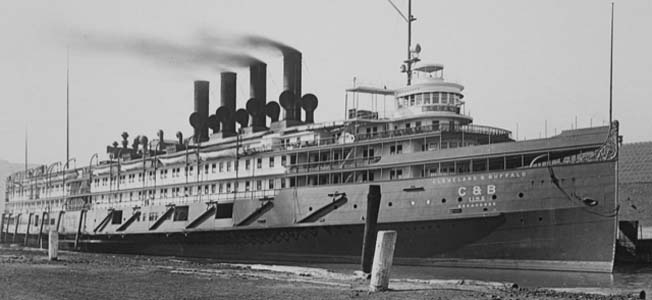
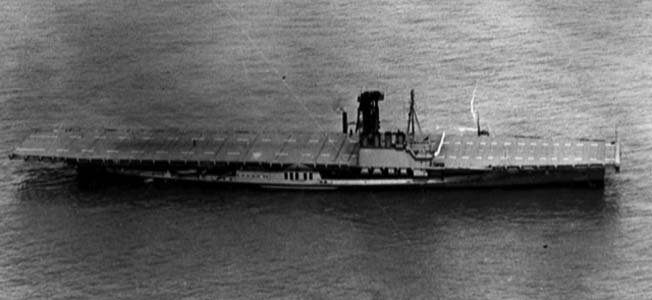
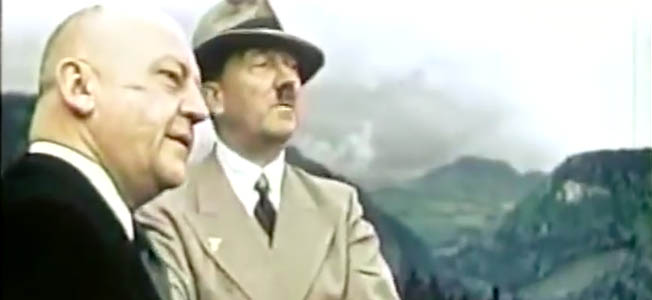
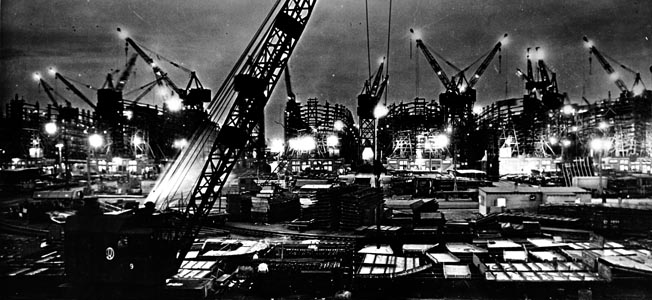
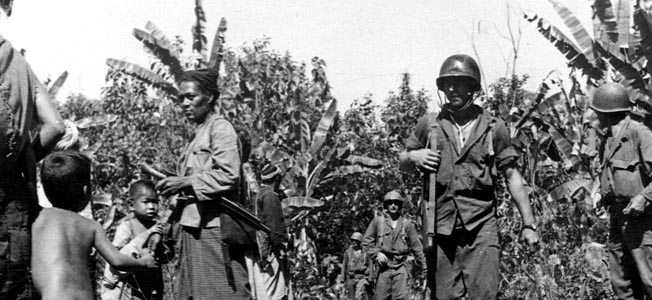
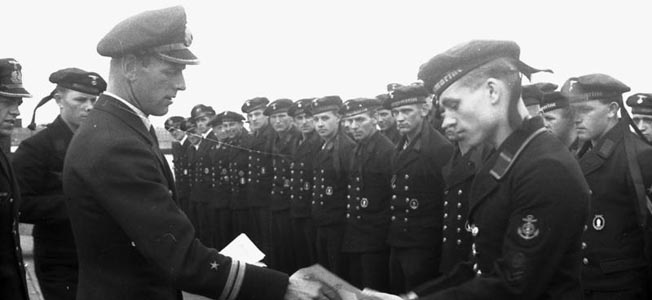
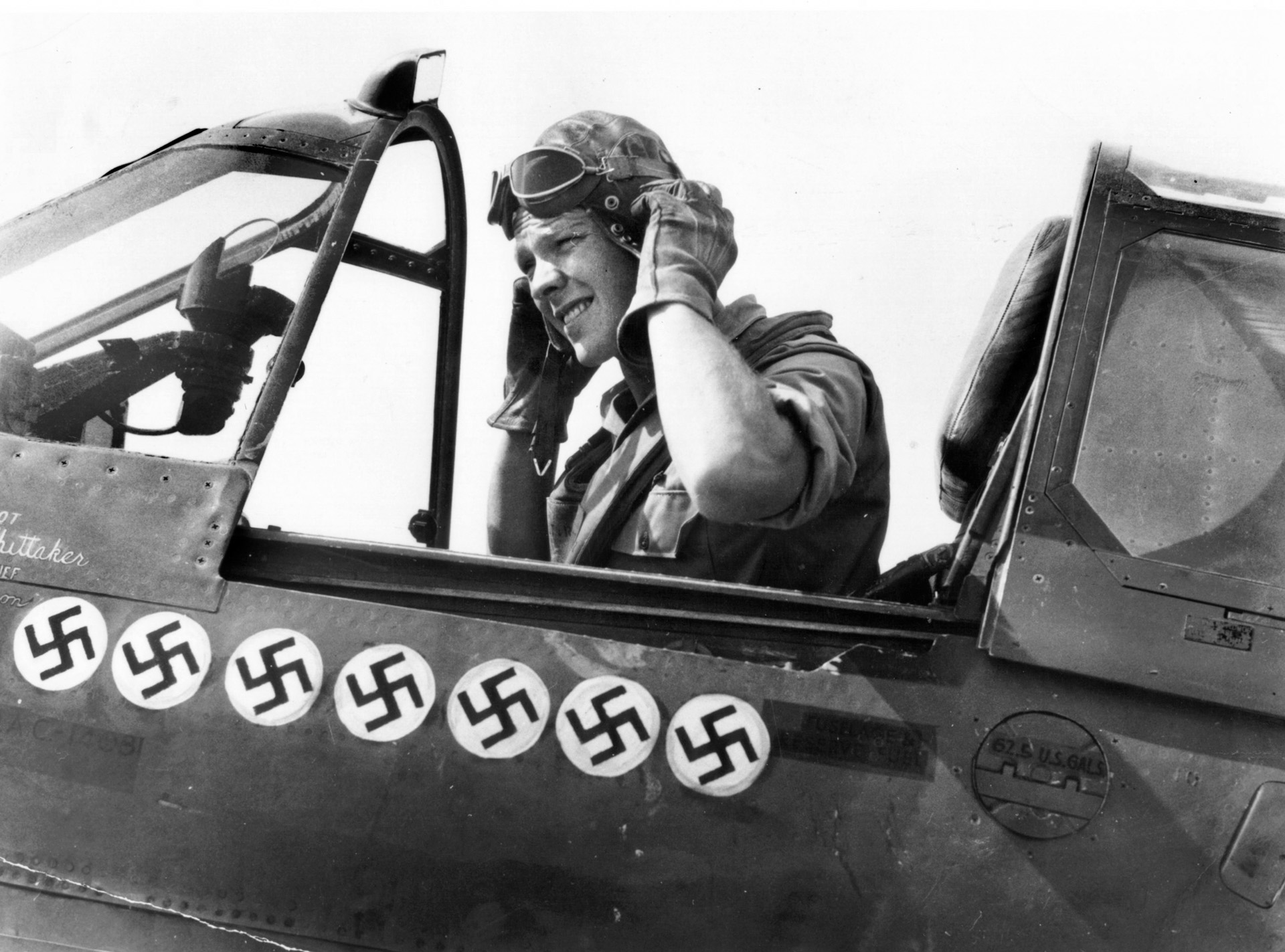
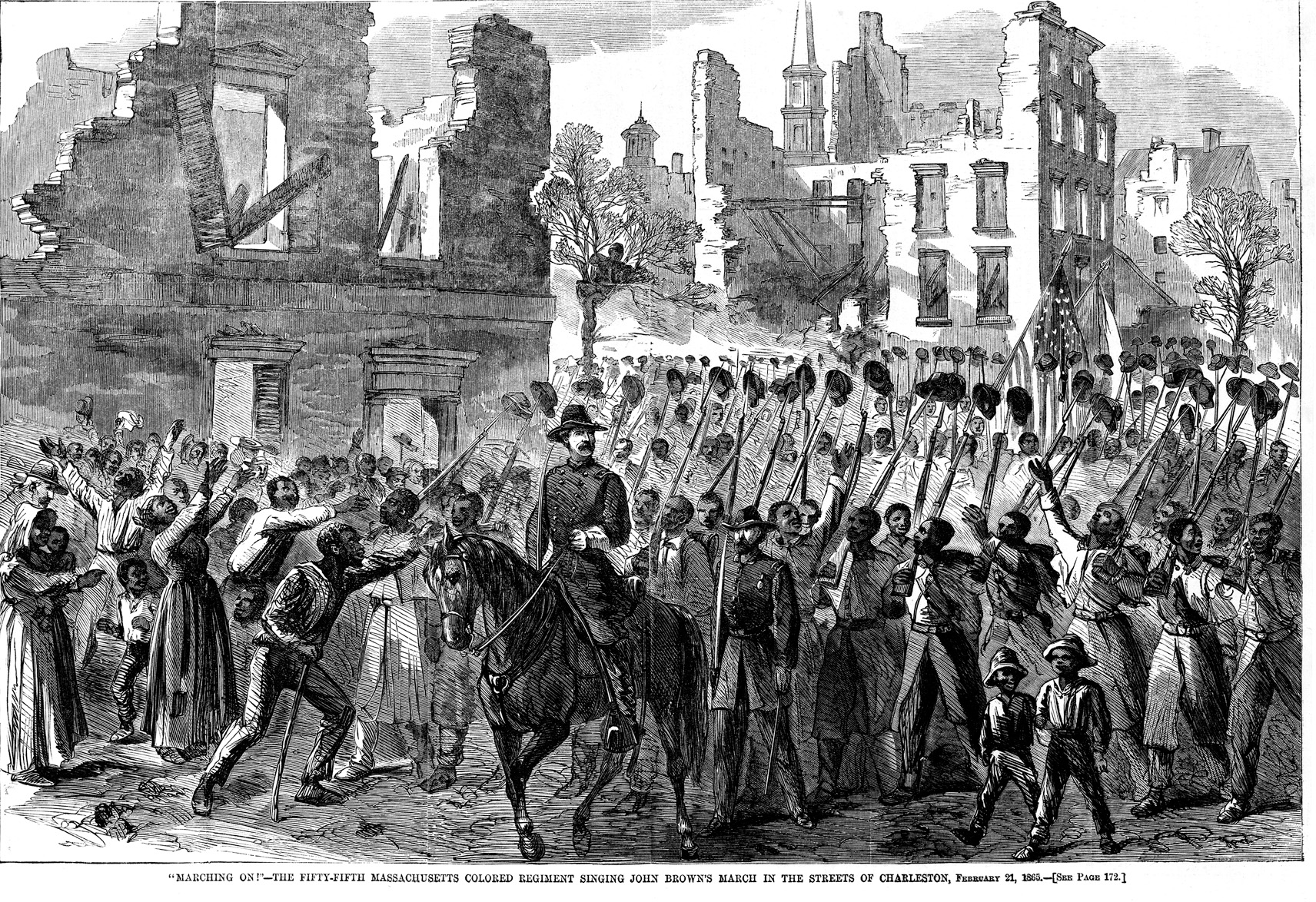
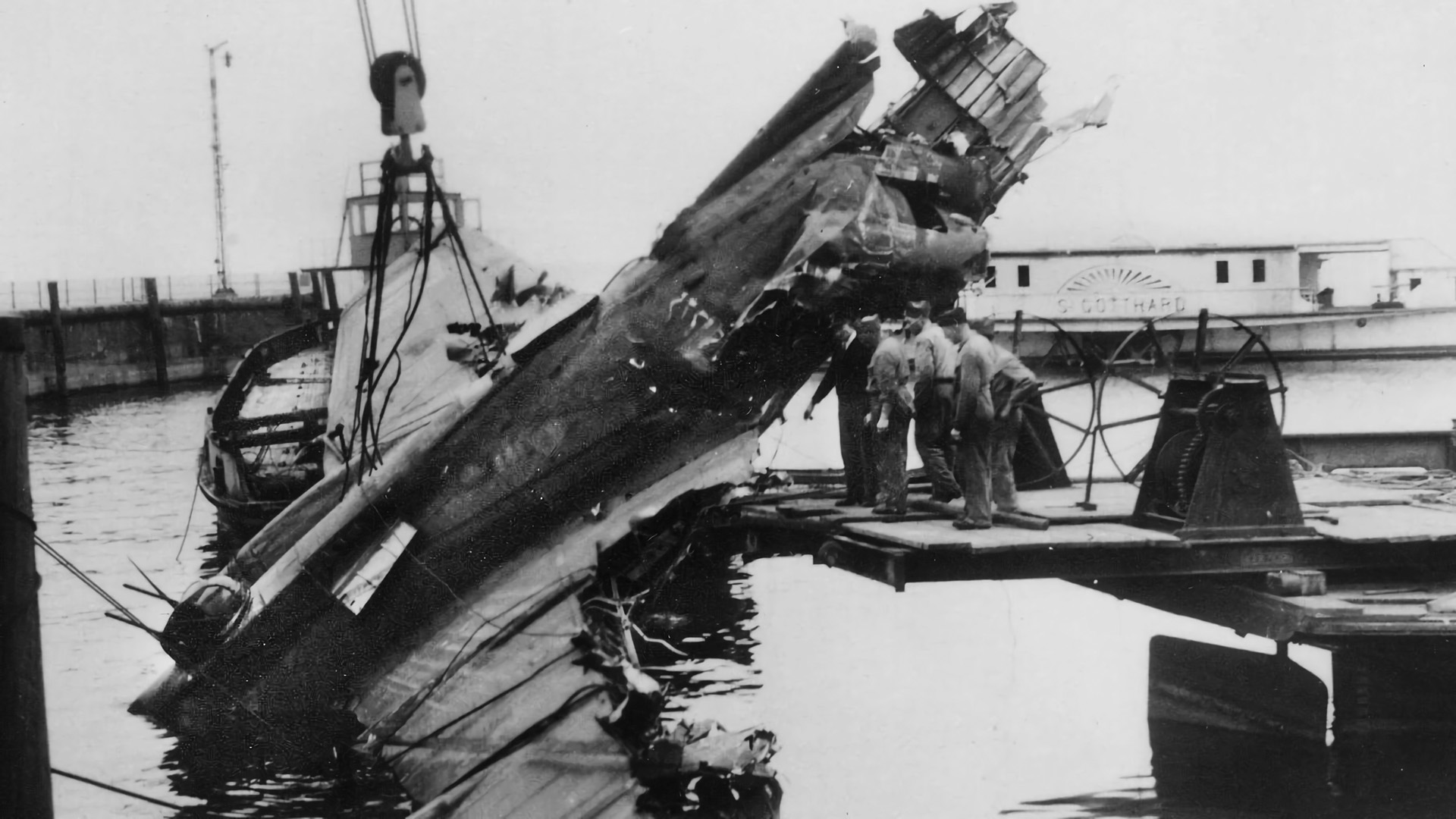
I qualified on both of these carriers on August 21,1945 in an FM2 and then joined a Corsair squadron VBF97 I left the Navy in March 1946.
from NAS Grosse Isl. Michigan.
I qualified on both of these carriers in an FM2 on Aug 21,1945